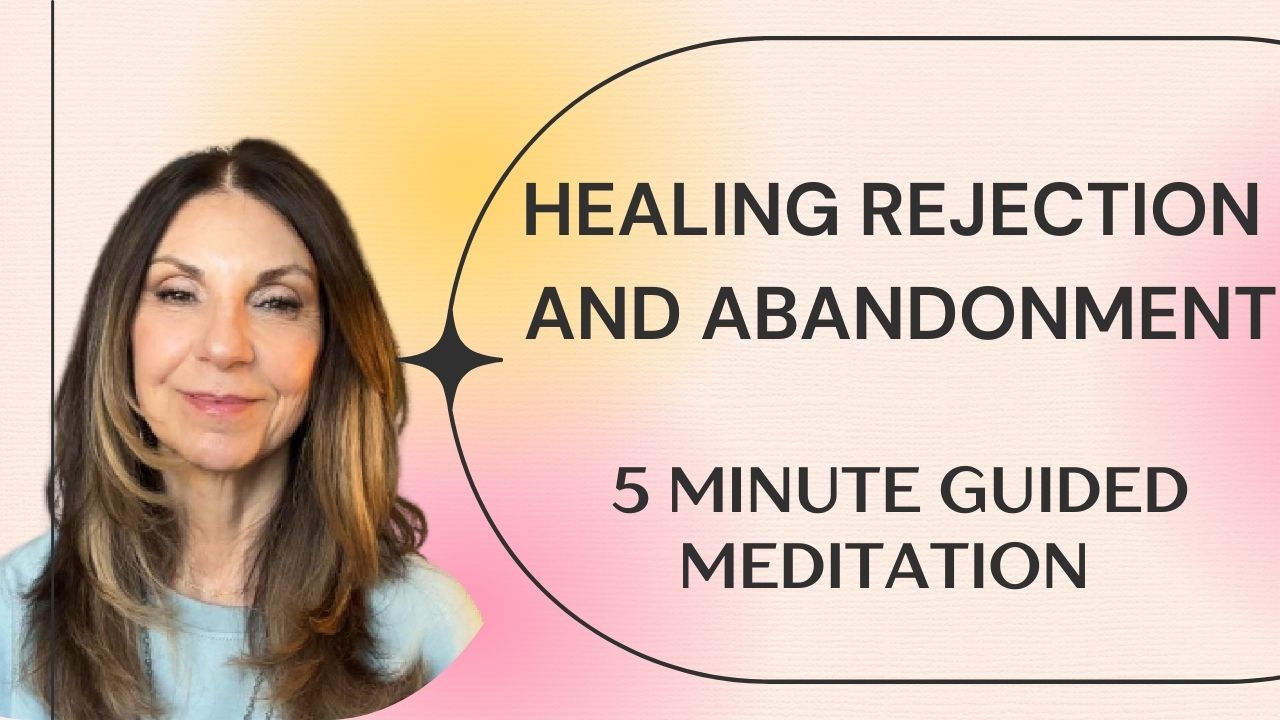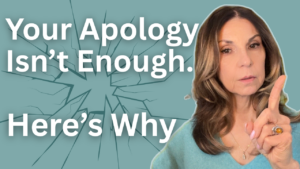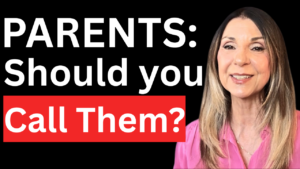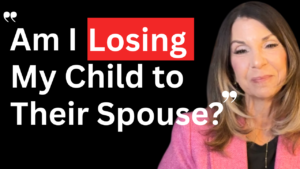Feelings of rejection and abandonment can take a heavy toll on our emotional and physical well-being. These emotions often leave deep wounds that affect how we see ourselves and others, clouding our sense of self-worth and making it difficult to move forward. Yet, healing is possible, and guided meditation offers a gentle path to begin Releasing Rejection and Abandonment.
When we experience rejection or abandonment, it can feel like these emotions are imprinted on our hearts and minds, playing on repeat. Whether it’s from a family estrangement, a breakup, or another form of emotional loss, the hurt can linger in the background of our daily lives. However, guided meditation can help create space for self-compassion, allowing us to release these emotions and begin healing. Through visualization, deep breathing, and affirmations, guided meditation helps calm the mind and body, relieving the pain we carry while gradually Releasing Rejection and Abandonment.
The Role of Guided Meditation in Healing
Meditation has been widely recognized for its calming and therapeutic effects. But when used intentionally to address specific emotional wounds like rejection or abandonment, it can be even more powerful. Meditation offers a safe space to process emotions without judgment, helping you cultivate peace, self-love, and acceptance. Over time, this practice helps shift how you relate to painful memories, gently transforming them into opportunities for growth and self-compassion as you continue Releasing Rejection and Abandonment.
Why Diaphragmatic Breathing is Essential for Healing
An essential component of meditation is diaphragmatic breathing. Also known as “deep belly breathing,” this type of breathing engages the diaphragm rather than shallow chest breathing, which we often resort to in times of stress or anxiety. Diaphragmatic breathing helps you slow down and activates the parasympathetic nervous system, which calms your body and mind. Breathing helps lower stress hormones like cortisol, reduce anxiety, and improve emotional regulation.
Breathing deeply through the diaphragm signals to your body that it’s safe to relax, helping to release the tension that emotional pain often creates in the body. Combined with guided meditation, this breathing technique enhances your ability to connect with your emotions without becoming overwhelmed, making it an important part of Releasing Rejection and Abandonment.
To explore diaphragmatic breathing and its many benefits, check out this detailed guide: Diaphragmatic Breathing: Stress Benefits and Technique.
How to Begin Your Meditation Practice
Now that we’ve explored how guided meditation can help you heal, let’s dive into the practice itself. Start by finding a quiet, comfortable place where you won’t be interrupted. Whether you sit or lie down, the most important thing is feeling at ease. Once you’ve settled, please take a deep breath, letting it fill your lungs completely, and slowly exhale, feeling any tension melt away.
Take another deep breath, holding it for a moment at the top and gently releasing it through your mouth. With each breath, allow your body to relax even more. Imagine that you are letting go of any heaviness or emotional stress with every exhale. This simple practice helps ground you in the present moment, creating space for healing and Releasing Rejection and Abandonment.
Body Awareness and Relaxation
Bring your attention to different parts of your body, starting at your feet. Feel how they’re connected to the ground beneath you, offering support. Slowly move your awareness up through your legs, hips, and lower back. As you breathe deeply, let these areas soften and release any tension you may be holding onto.
Shift your focus to your chest and shoulders, noticing how they rise and fall with each breath. If you feel any tightness or discomfort, gently allow it to dissolve as you exhale. Finally, bring your attention to your face, jaw, and forehead. Let these areas relax, allowing your entire body to settle into a state of stillness and ease.
Healing Visualization: Releasing Rejection and Embracing Self-Worth
Now that your body is relaxed, I invite you to visualize a soft, golden light surrounding you. This light can represent healing, safety, and unconditional love. Whether you envision this light as a higher power or simply as the essence of love and compassion, feel it wrapping gently around your entire body. This light brings comfort, warmth, and peace.
As the golden light surrounds you, feel it begin to wash away the emotional weight you’ve been carrying. Imagine it melting away the pain of rejection and abandonment, replacing it with a deep sense of self-worth and acceptance. You are safe in this light, and in this moment, know that you are enough, just as you are.
Allow this healing light to penetrate your heart, soothing old wounds and helping you Releasing Rejection and Abandonment. In this light, you are whole, deserving of love, and entirely accepted.
Affirmations for Healing and Self-Compassion
Now, let’s solidify this healing with a few affirmations. These simple but powerful statements help rewire negative thought patterns and remind you of your inherent worth. Repeat these affirmations in your mind, letting them sink into your heart:
- I release the pain of rejection and embrace my worth.
- I am deserving of love and connection.
- I choose to let go of the past and welcome peace into my life.
- I am whole, just as I am.
- I am worthy of love from others and myself.
As you repeat these words, feel the truth in them. Let each affirmation remind you that, no matter what you’ve experienced, you are enough. You are deserving of love—not just from others, but from yourself as well. This practice will continue supporting you in Releasing Rejection and Abandonment.
Bringing the Meditation to a Close
As we near the end of this meditation, take one more deep breath in, filling your lungs with calm and peace. Slowly exhale, releasing any lingering tension. When you feel ready, gently move your fingers and toes and roll your shoulders. Allow your body to wake up gradually.
Remember, this place of healing and peace is always within you. Anytime you feel overwhelmed by rejection or abandonment, you can return to this practice, reconnecting with your inner strength and self-compassion.
The Benefits of Returning to this Practice
Each time you practice guided meditation, you consciously try to heal and nurture yourself. Healing doesn’t happen overnight, but each small step brings you closer to peace. Diaphragmatic breathing will continue to be a powerful ally in reducing stress, calming your nervous system, and making it easier to process emotions. Most importantly, it will support you in the ongoing journey of Releasing Rejection and Abandonment.
Over time, this practice can help you release emotional pain, deepen your self-compassion, and cultivate a stronger sense of inner peace. Always remember that you are enough, just as you are, and that the path to healing is one you can walk at your own pace.
Conclusion: The Journey of Healing
Meditation is more than just a momentary escape from stress—it’s a tool that helps you face and release deep-seated emotions like rejection and abandonment. Diaphragmatic breathing, visualization, and affirmations create a powerful combination that supports mental and emotional healing. Practicing regularly makes it easier to let go of the pain and move forward with a renewed sense of self-worth.
Healing is a journey, and guided meditation is a valuable companion. With each session, you open the door to deep compassion for yourself, allowing you to embrace your true worth. Remember, you are whole, you are loved, and you are always enough.









